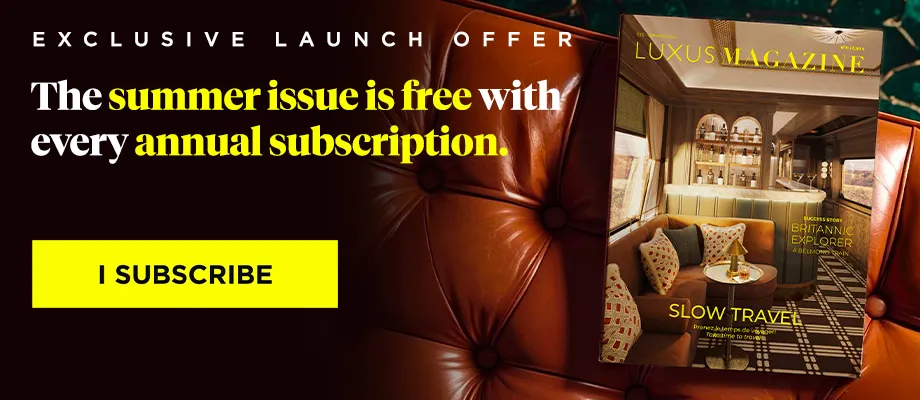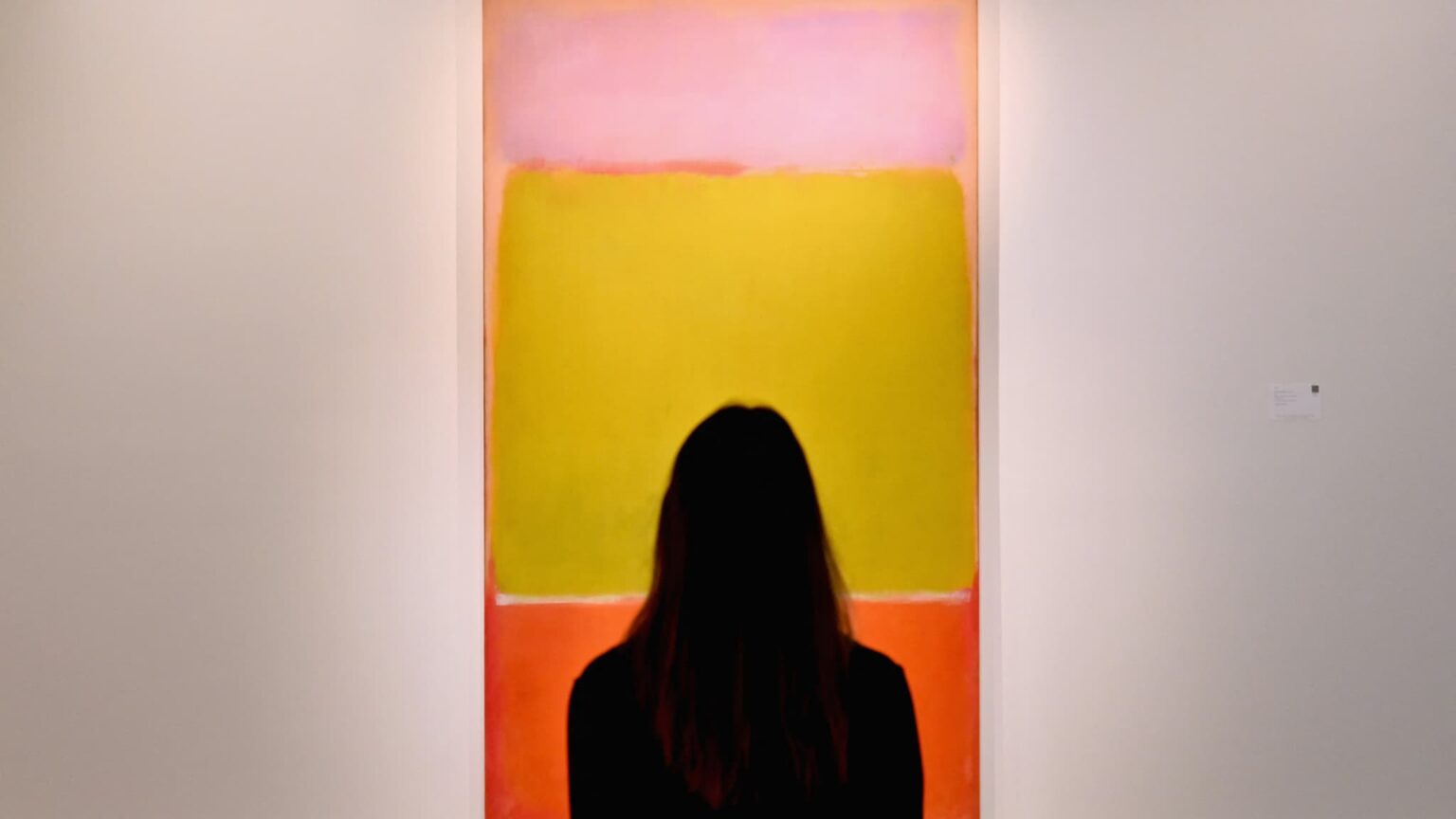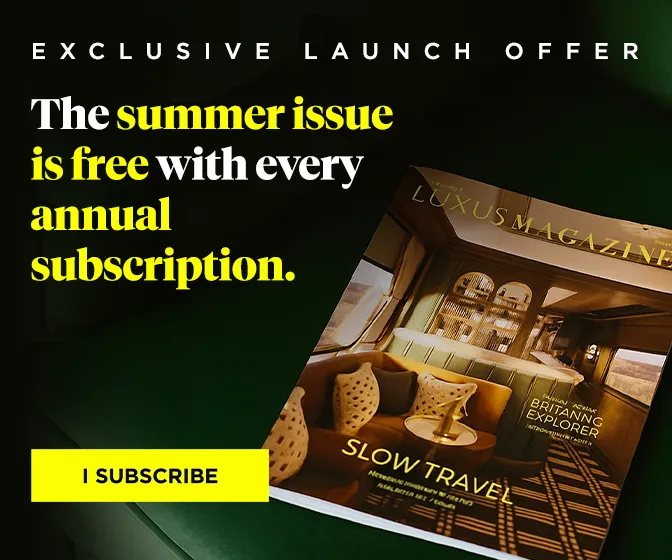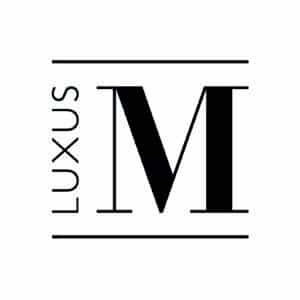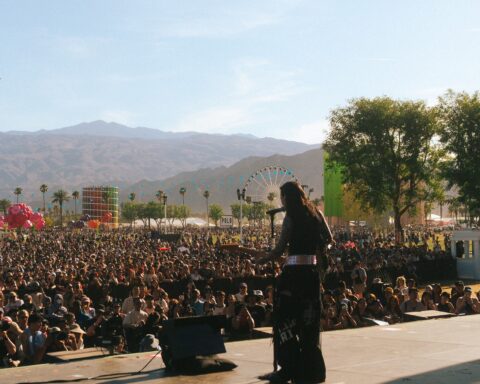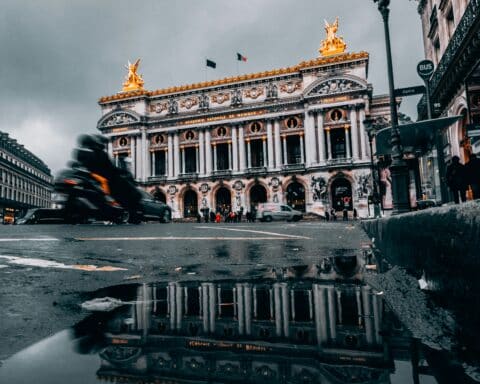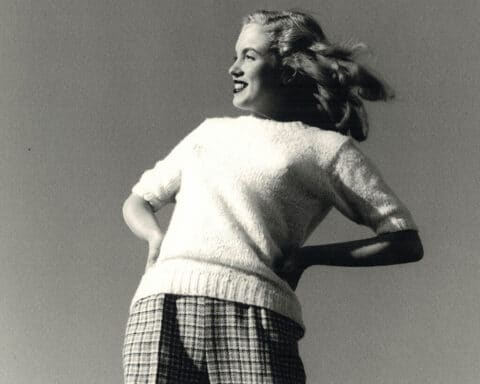From October 18th to April 2nd, 2024, the Fondation Louis Vuitton offers a unique opportunity to discover an unprecedented retrospective dedicated to the prolific work of American artist Mark Rothko. This provides a chance to unveil some of the mysteries surrounding the journey of this Latvian-born painter who transitioned from figurative painting to abstraction.
The Fondation Louis Vuitton celebrates the artistic legacy of Mark Rothko through a retrospective, inaugurated on October 18, 2023, and running until April 2, 2024. Featuring no less than 115 exhibited works, the journey unfolded across the entire spaces of the Fondation sheds light on lesser-known aspects of the master. It’s a journey into the light that paves a royal path to emotion.
Mark Rothko (1903-1970) has left an indelible mark on the art world through his bold use of vibrant colors and unique approach to contemplation. Despite his influence, he remains enigmatic to the French public. At present, the collection at the Centre Pompidou includes only two works by Rothko, added during his major exhibition at the Musée d’Art Moderne de Paris in 1999.
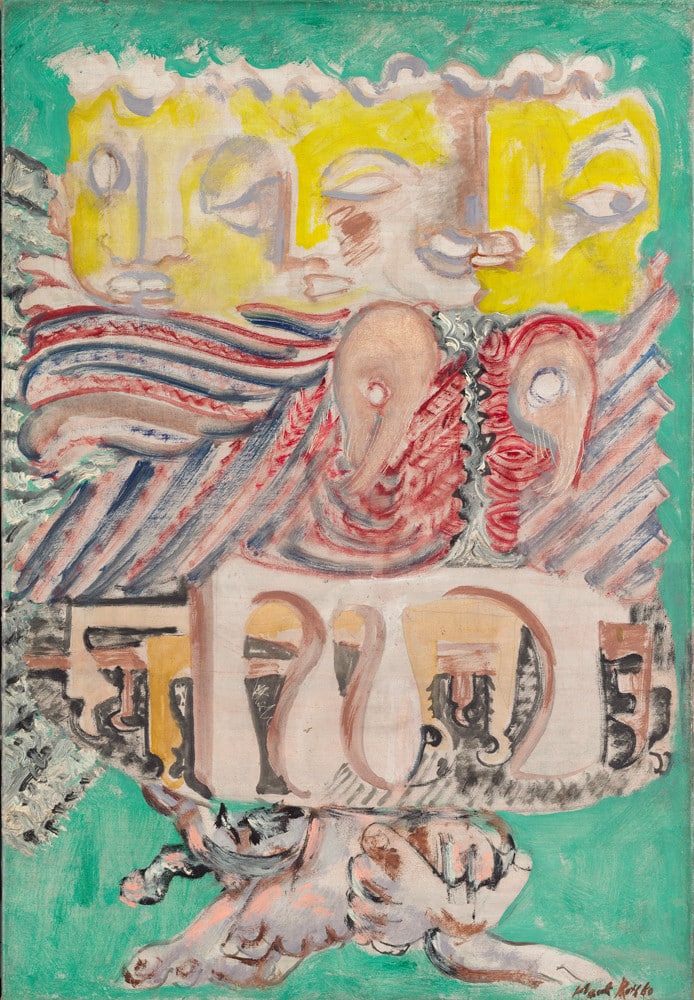
Faced with this unique project at the Fondation Louis Vuitton, the curator of the retrospective, Suzanne Pagé, does not hide her enthusiasm. “This new exhibition is truly necessary for everyone: it grants us access to transcendence.”
Shapes and (un)graspable colors
In a subtle interaction with the modern architecture of the Fondation Louis Vuitton, Mark Rothko’s paintings follow one another, revealing urban landscapes and more intimate scenes that dominated the 1930s. They then give way to an artistic repertoire inspired by ancient myths and surrealism.
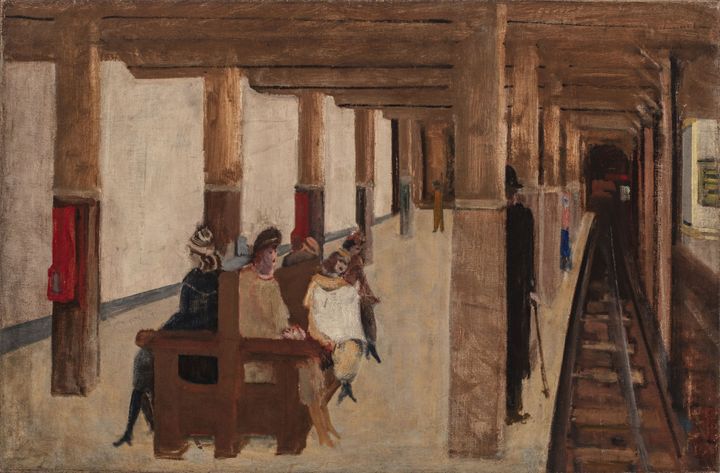
From one painting to the next, color captures the gaze and plunges it into a chromatic labyrinth. The famous horizontal bands with their indistinct and diffuse contours seize the viewer with their vibration. One feels drawn in, ensnared by these infinite horizons or enchanting imaginary seas of color. Of these landscapes of the mind, only the light and colorful contrasts remain. The works resonate with each other like an echo, giving way to sensuality and emotion.

The exhibition also reveals exceptional collections, including nine deeply red paintings that Mark Rothko bequeathed to the Tate Gallery in London in 1969.
To further enrich this unique experience, the renowned German composer Max Richter, himself an admirer of the painter, has created a soundtrack to accompany the entire exhibition. “My art is not abstract; it lives and breathes,” Mark Rothko once said.
A solitary and tormented artist
Born in Latvia, Mark Rothko emigrated with his family to New York in 1913, where he gradually gained recognition as a major figure in American abstract expressionism.
His work is unquestionably embedded in the history of 20th-century art. However, the artist had relatively limited visibility in France. The associate curator of the exhibition, Christopher Rothko, who is also the artist’s son, reminds us that during his lifetime, Mark Rothko spent very little time in Paris and was not inclined to leave his studio for travel. He had close relationships with the United Kingdom, while his main European dealer, Ernst Beyeler, focused more on Switzerland and Germany.
The artist was known for working on extremely large canvases, using rectangular forms that followed a binary or ternary rhythm, and he explored hues such as red, yellow, green, blue, and white in his artistic work. The retrospective may surprise those who imagine a sunny and peaceful man behind his paintings, revealing a solitary and sometimes temperamental artist whose work, as he himself put it, “encloses the most absolute violence in every square inch of [its] surface.”
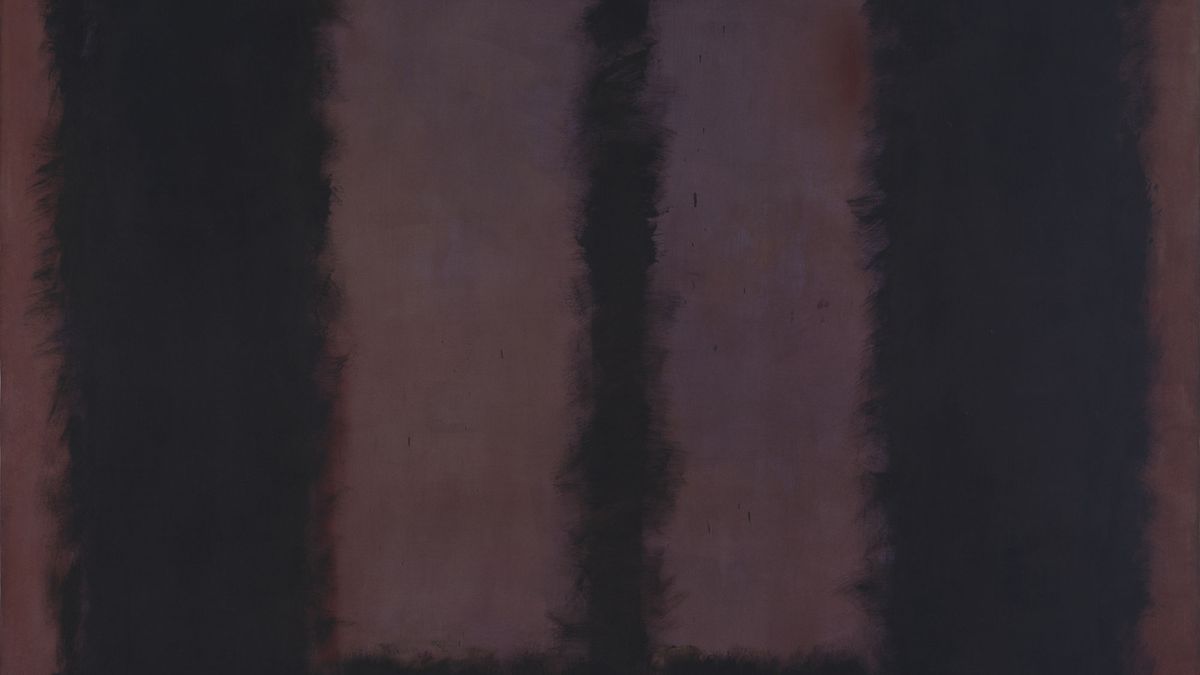
Indeed, the violence in Rothko’s work harks back to the pogroms that marked his childhood in Russia but, more importantly, it reflects the violence of a tormented inner life. As Suzanne Pagé emphasizes, “Rothko continuously sought to express the human drama through fundamental emotions: the tragic, death, ecstasy. What his art speaks of is the obsession with mortality.”
Read also>CHANEL EXHIBITION AT LONDON’S V&A MUSEUM: COCO CHANEL’S TROUBLED PAST
Featured photo : © ANGELA WEISS, Mark Rothko’s “No. 7”, New-York, 2021

